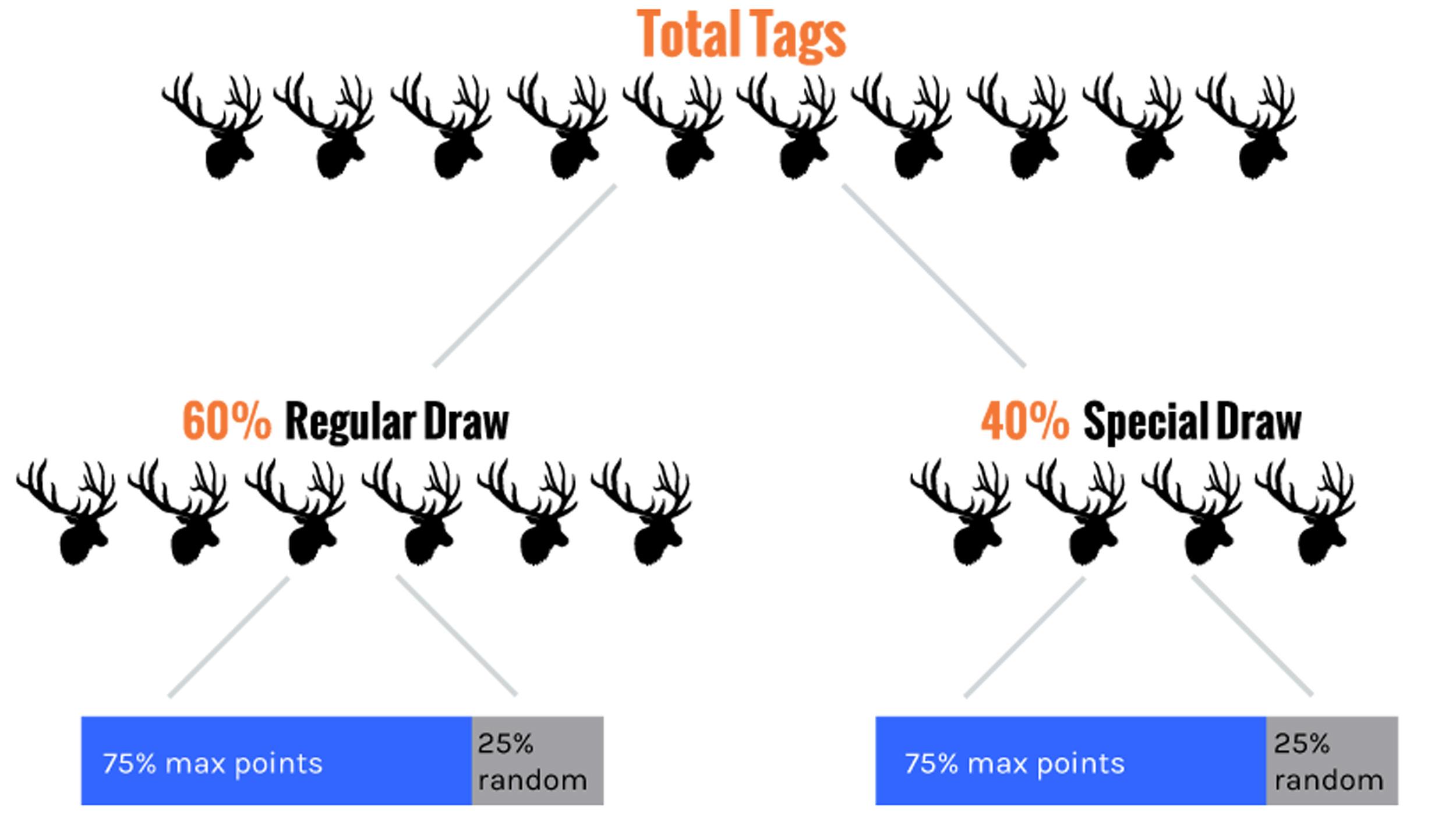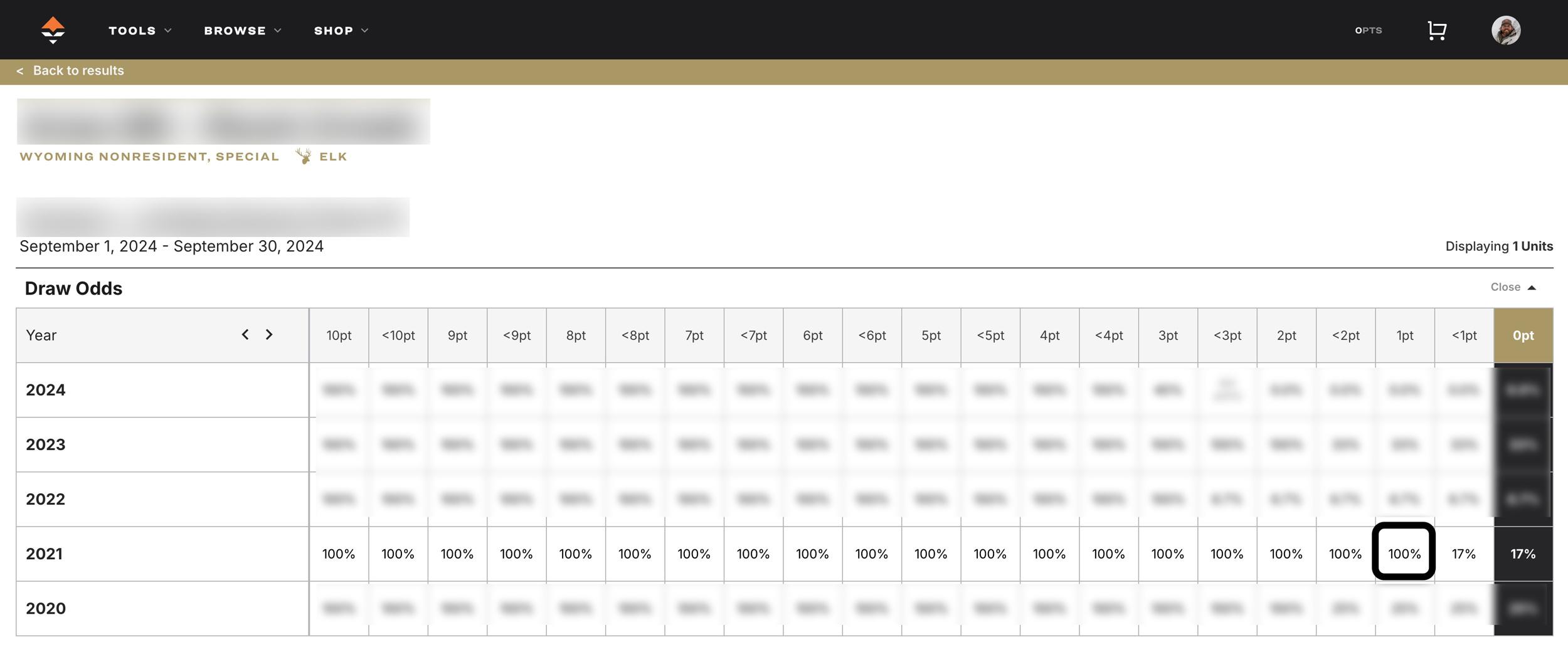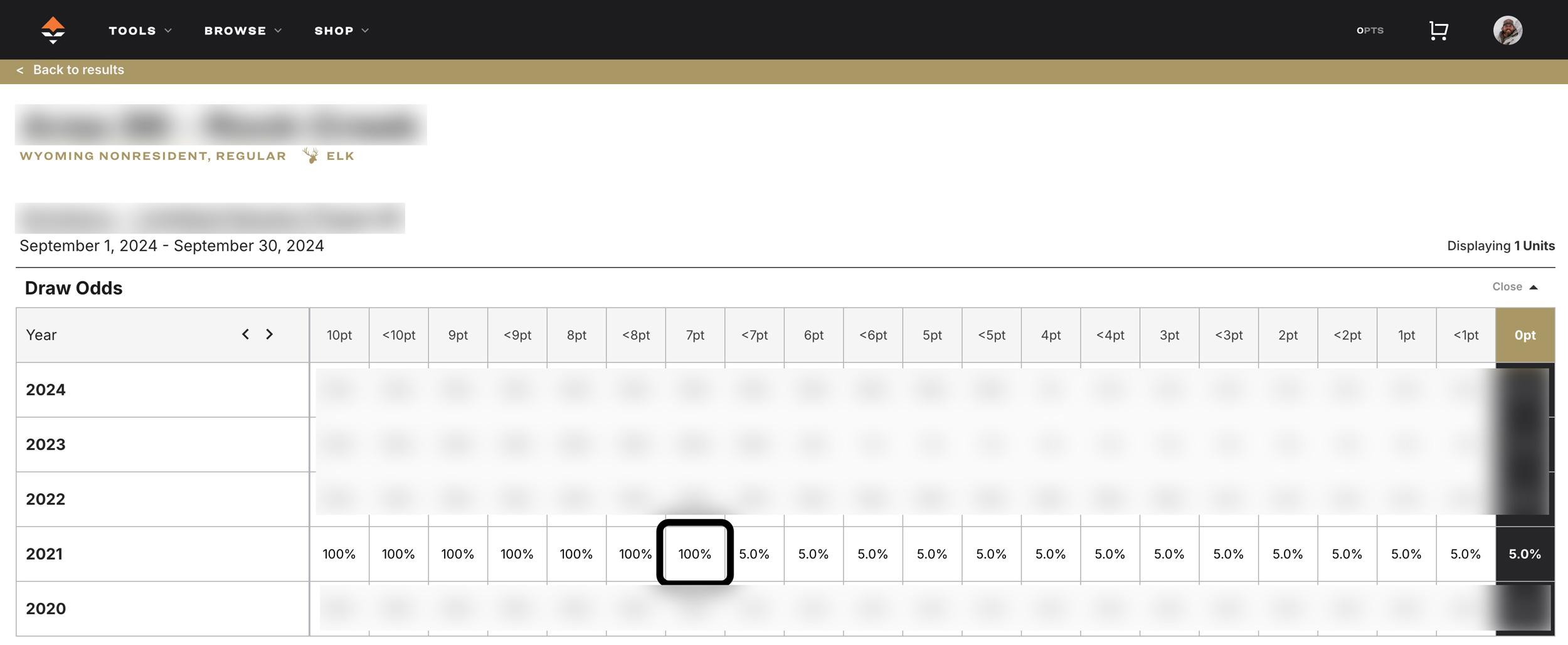




Species | Deer |
|---|---|
Regular Draw | $389 |
Special Draw | $1,215 |
Cost Difference | $826 |
Species | Elk |
Regular Draw | $707 |
Special Draw | $1,965 |
Cost Difference | $1,258 |
Species | Antelope |
Regular Draw | $341 |
Special Draw | $1,215 |
Cost Difference | $874 |
Species | Regular Draw | Special Draw | Cost Difference |
|---|---|---|---|
Deer | $389 | $1,215 | $826 |
Elk | $707 | $1,965 | $1,258 |
Antelope | $341 | $1,215 | $874 |




When it comes to applying in Wyoming for hunting opportunities, one of the more important factors of the Wyoming draw is the the Special Draw versus the Regular Draw. This factor in the draw can throw a big and expensive hurdle in the middle of your planning, but the added costs can bring big rewards at times.
Keep in mind that you can either apply in the Regular Draw or the Special Draw for elk, mule deer, whitetail deer, and antelope as a nonresident.
Wyoming offers two separate draws for nonresidents: the Regular Draw and the Special Draw. Nonresidents can apply in either the Regular Draw or the Special Draw, but they cannot apply in both.
The Special Draw and Regular Draw systems in Wyoming are fairly simple but complex at the same time. This system essentially allows for a smaller, albeit more expensive, application pool option for hunters who are willing to foot the extra expense. For each hunt code, 60% of the available tags will be available in the regular draw and the remaining 40% will be available in the special draw. From each of the draw’s respective pool, 75% of the tags will be available to applicants with the highest preference point totals with the remaining 25% being drawn at random.
Contrary to what you might have heard from other "sources" these are not different hunting opportunities or different hunts. Special Draw and Regular draw are the same general season tag; they just have different fees and potentially different draw odds.
With the Special Draw, hunters will often find that hunts can be drawn on a full point less, or more, over the Regular Draw. This can be an attractive feature, no doubt, but the extra costs are high enough that it is smart for applicants to really make a cohesive plan before applying.
Again, the potential benefit of applying for hunts in the special draw is that the odds of drawing may be better due to the fact that, often, fewer people are willing to pay the higher price. However, this is not always the case, especially for a lot of the more highly sought after licenses.
Review our Draw Odds page to see if the odds are actually better in the special draw and if they are worth the added cost. In some cases, it is.
For example, a general season elk license for one of the elk regions in the Special Draw had random draw odds of 68%, while the draw odds in the Regular Draw for that same hunt were 6.4%. That is a giant increase in draw odds for the Special Draw at a cost difference of $1,258. That may or may not be worth it to you, but it’s worth considering for the hunt(s) you apply for.
As I keep mentioning, the cost is undoubtedly one of the most significant factors when considering to put in for either the Special Draw or the Regular Draw in Wyoming. In the following table, we will break down the cost split for all of the species with each of these draw types.
When viewing the above table, you can clearly see the big price hike when going to the Special Draw, particularly with elk. So, is it worth it? In short, yes, but not for everyone. For the most part, the special Draw is set up to allow you to draw a tag sooner. This can be a good thing to consider if you have low point values, have other hunts coming up in other states, or are just simply want to jump ahead in line a few spots. But, for a typical budget-minded hunter like myself, I typically look at the money saved as an opportunity to buy another tag while I wait another year or two in Wyoming. This is all personal preference. Now, if you are indeed someone who is interested in the Special Draw there are some things to look at. How much time am I really saving by entering the Special Draw? The general answer to that is one to two years but there are definitely variances.
For instance, in 2021, it took seven points to draw an elk tag for a specific hunt area in the Regular Draw. However, in the Special Draw, it only took one point to draw that same hunt area! This is a massive saving in years! In the time that it took me to draw one tag in the Regular Draw, I could hunt that same area multiple times by going through the Special Draw. Obviously, there needs to be a justification for the money spent during that time but the option is there.
See this example below for the same unit, the only difference is one is the Special Draw and the other is the Regular Dra.
In the above example, you'll see it took 1 point to draw this hunt area in the Wyoming Special Draw.
In the above example, you'll see it took 7 points to draw this exact same hunt area in the Wyoming Regular Draw.
However, there is also the instance where the Special Draw will do nothing but serve you with a bigger bill.
In the example below, an elk hunt was drawn with 100% odds at the zero point level in the Regular Draw, while those in the Special Draw did not see the same 100% draw odds until the three-point level!
So, not only did those applicants waste a bunch of money, but they also wasted three years of building points.
Wyoming Regular Draw example drawing at 0 points.
Wyoming Special Draw example drawing at 3 points for the exact same hunt.
While researching your draw odds and hunts for this application season, be sure to check all avenues of GOHUNT's Insider to ensure you are being smart with your money and your points when it comes to deciding on applying for Wyoming hunts in the Regular or Special Draw.
Find the hunt or hunts you are interested in and check the data for both draws. Be sure to check out the year-over-year data for the hunt as well to ensure that the odds have been on a steady trend and have not seen any abnormal drops or increases in recent years.
Don't forget to check out our Application Strategy articles in Wyoming for even more in-depth application information.
A GOHUNT membership makes it easy to find hunting opportunities by state, species, probability of draw odds success, and much more! Whether you have 0 points, max points, or any number of points, GOHUNT gives you the information you need to plan a successful hunt. In addition to our research tools, all Insiders have access to our GOHUNT mobile app, where you can plan a hunt on GOHUNT Maps, as well as research tools on the app to help you find hunting opportunities. GOHUNT Maps is also available on the web. GOHUNT Insider is the only complete and total package set of tools to help you find the hunt you want this upcoming year or to help plan for hunts in the future.
If you're unfamiliar with GOHUNT, you can learn more below:
This article was originally published on January 17, 2022, and has been updated with more information.